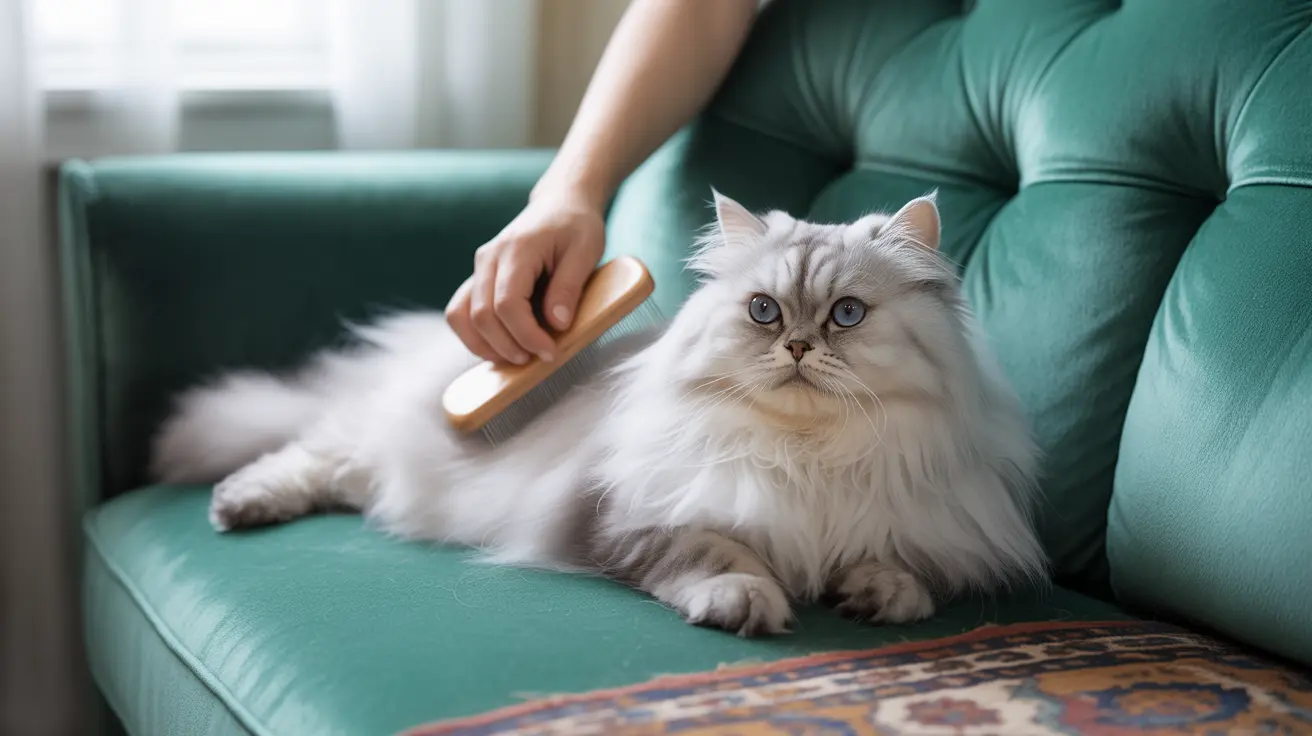Understanding Persian Cat Life Expectancy
Recent studies indicate that Persian cats have an average lifespan of 13.5 years, though many can live well into their late teens with proper care. Indoor Persian cats typically live longer than those allowed outdoors, primarily due to reduced exposure to accidents, diseases, and environmental hazards.
Factors influencing their life expectancy include genetic predisposition, quality of care, and management of breed-specific health conditions. Cats from well-screened breeding lines often demonstrate greater longevity.
Critical Health Considerations
Persian cats face several breed-specific health challenges that can impact their lifespan:
- Polycystic Kidney Disease (PKD)
- Respiratory issues due to brachycephalic facial structure
- Eye problems and excessive tearing
- Dental complications
- Heart conditions, including hypertrophic cardiomyopathy
Early detection and management of these conditions through regular veterinary check-ups can significantly extend your Persian cat's life.
Essential Care for Longevity
Daily Grooming Requirements
The Persian's signature long coat requires dedicated maintenance to prevent matting and skin issues. Daily brushing, regular bathing, and attention to facial hygiene are essential components of their care routine.
Nutrition and Diet
A balanced, high-quality diet appropriate for your Persian cat's age and health status is crucial. Many owners find that wet food helps ensure adequate hydration, particularly important for preventing kidney issues common in the breed.
Environmental Needs
Creating a safe, enriched indoor environment helps protect your Persian cat from external dangers while providing mental and physical stimulation. Consider:
- Multiple feeding and water stations
- Clean, accessible litter boxes
- Climbing structures and scratching posts
- Quiet spaces for rest and relaxation
Preventive Healthcare Measures
Regular veterinary care plays a vital role in extending your Persian cat's lifespan. Recommended preventive measures include:
- Annual health check-ups
- Dental cleanings
- Vaccinations
- Parasite prevention
- Regular screening for breed-specific conditions
Frequently Asked Questions
What is the average life expectancy of a Persian cat (gato persa)?
Persian cats typically live between 12-17 years, with an average lifespan of 13.5 years. Indoor cats tend to live longer than outdoor cats.
Which common health problems can affect the lifespan of Persian cats?
The most common health issues affecting Persian cats include Polycystic Kidney Disease (PKD), respiratory problems due to their flat faces, eye conditions, dental issues, and heart disease.
How can proper grooming and nutrition extend a Persian cat's life?
Daily grooming prevents skin infections and matting, while proper nutrition supports overall health and prevents obesity. Both factors significantly impact longevity.
Why do Persian cats often have respiratory and eye issues related to their facial structure?
Their brachycephalic (flat-faced) structure can cause breathing difficulties and tear duct problems. These anatomical features require special attention and regular cleaning.
What veterinary care practices help increase the longevity of Persian cats?
Regular check-ups, early disease screening, dental care, and prompt attention to health changes are essential for maximizing a Persian cat's lifespan.
By understanding and addressing the unique needs of Persian cats, owners can help ensure their beloved pets enjoy long, healthy lives. Remember that consistent care, attention to health issues, and regular veterinary check-ups are key to extending your Persian cat's life expectancy.






